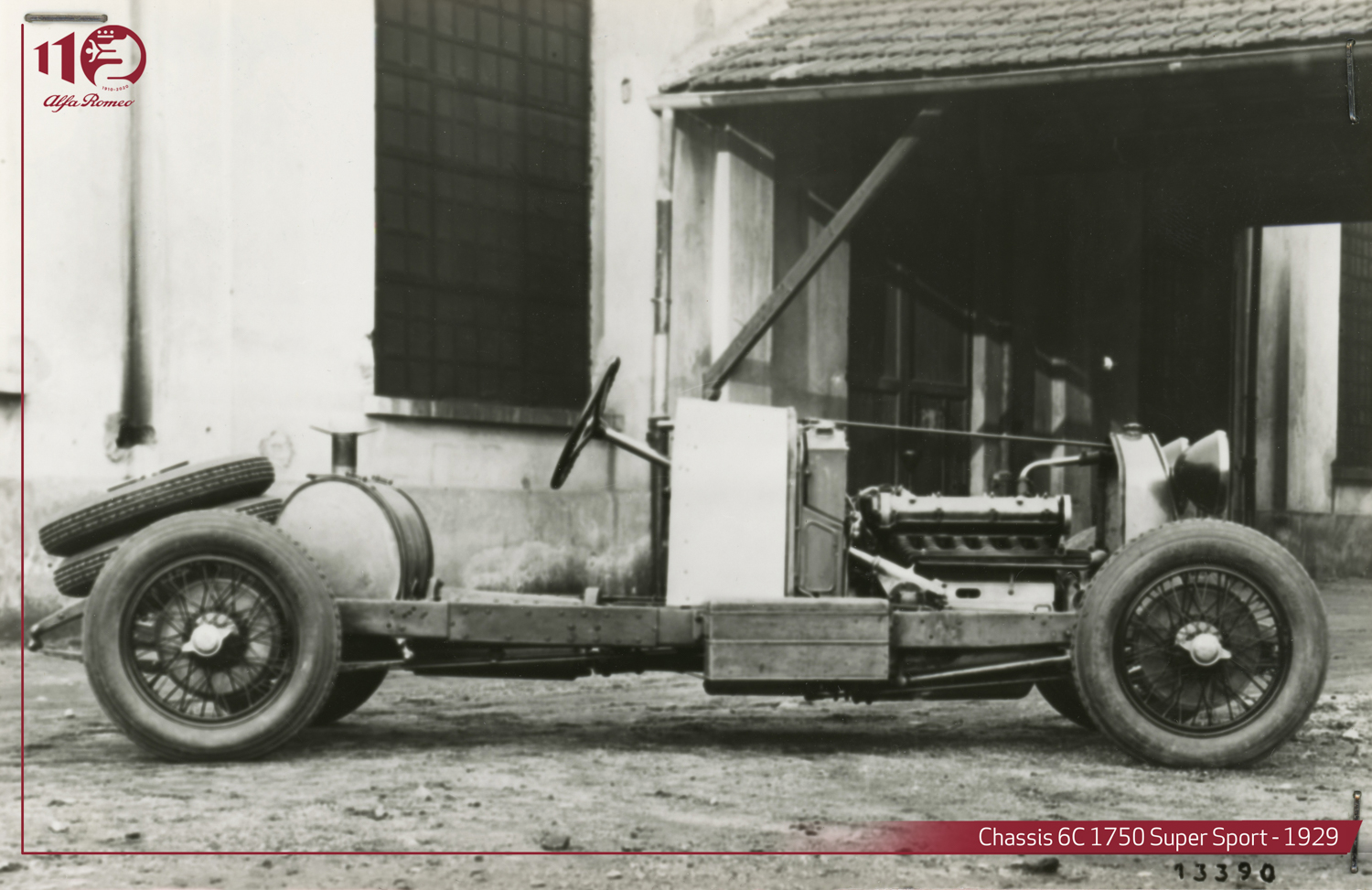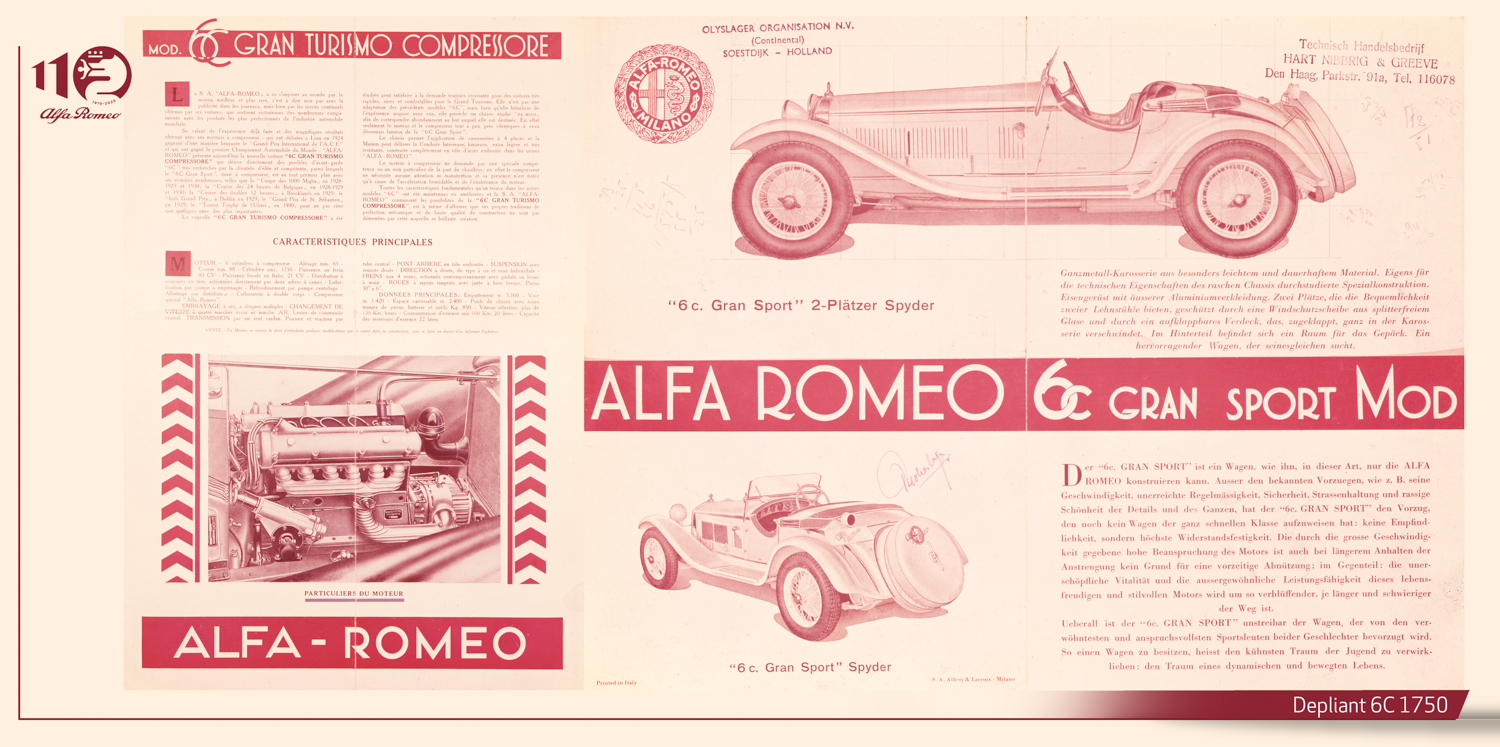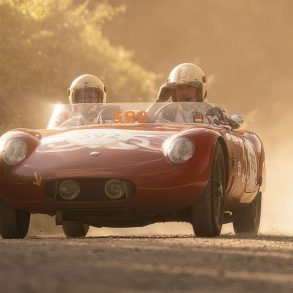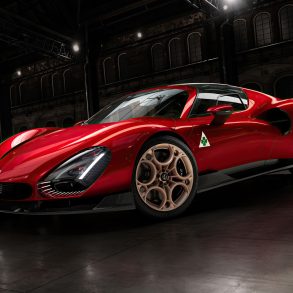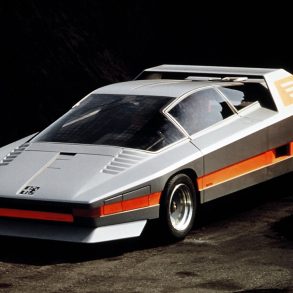The flying man from Mantua
On April 13, 1930, just after 5:00 am, the silent shadows beside Lake Garda are shaken by the rumble of an Alfa Romeo 6C 1750 Gran Sport spider Zagato driving at 93 mph with its headlights turned off. At its steering wheel is Tazio Nuvolari, from Mantua, nicknamed “Nivola”. Beside him, Gian Battista Guidotti, chief Alfa Romeo test driver at the Portello factory.
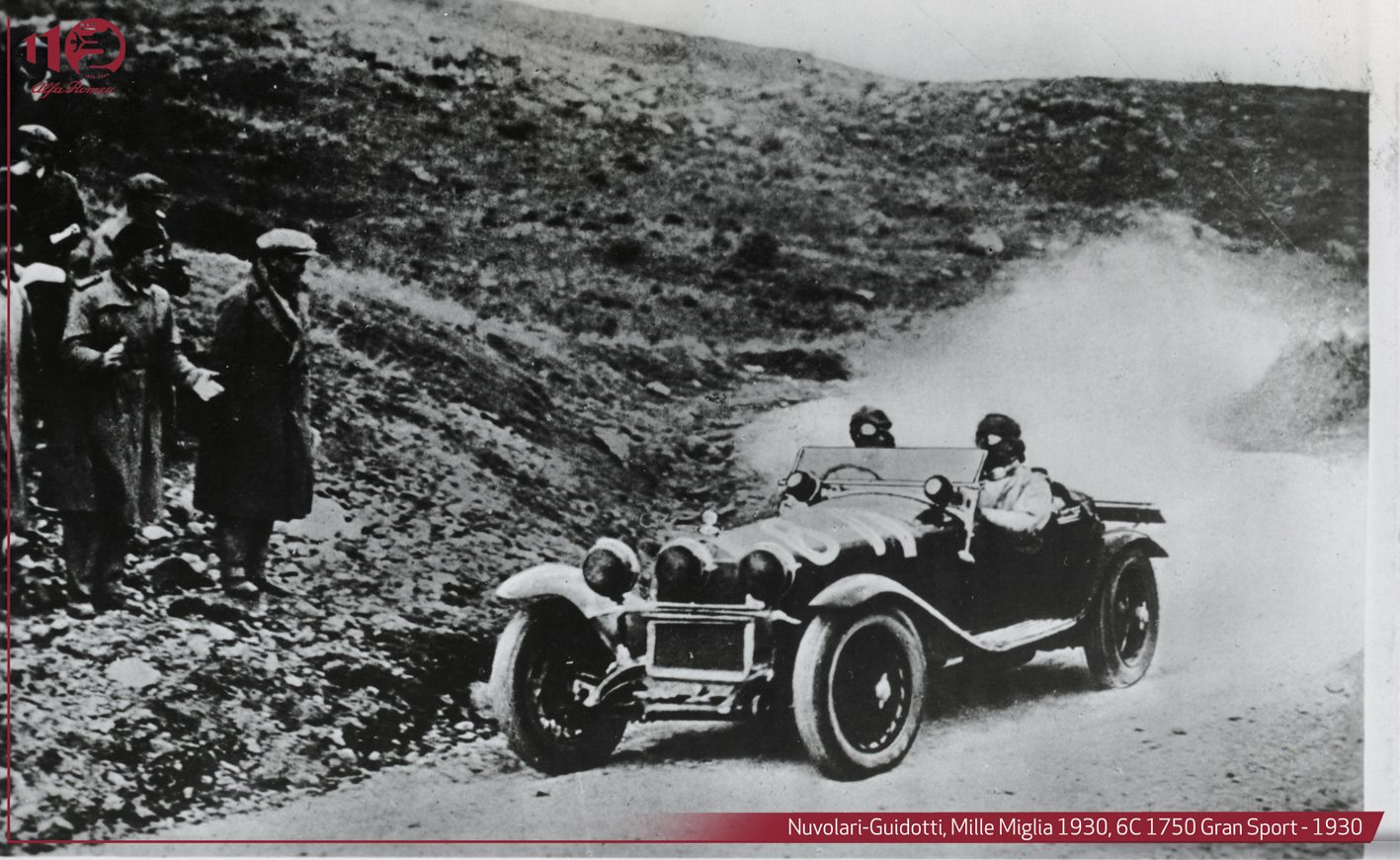
It’s a key moment of a mythical Mille Miglia race. The race leader and presumable winner is Achille Varzi. However, some miles before the lake, in Verona, Nuvolari and Guidotti had come up with the unbelievable idea to turn off their headlights. Their only hope of beating their rival was to take him by surprise.
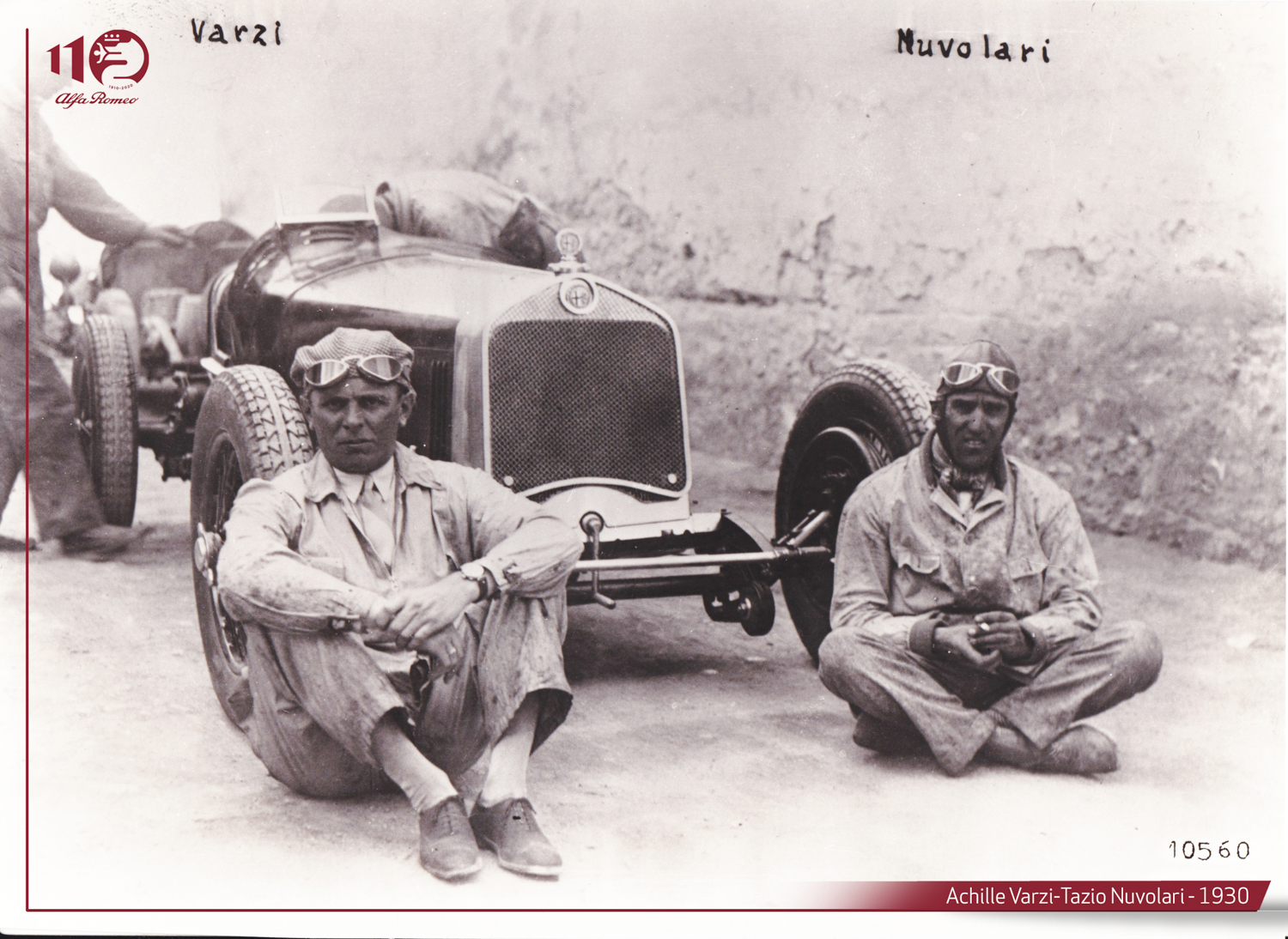
Dawn was approaching. After the lake, the placid countryside would lead to the finishing line in Brescia. It was here that Varzi and his co-driver Canavesi detected the echo of another engine, but before they realized what was happening, they’d been overtaken by an identical car to their own.
Nuvolari went on to win. His average speed was 100.45 km/h. This was the first time ever that the 100 km/h average speed barrier had been broken in this legendary race, a record that made the front pages all over Europe. 10 minutes later, a stunned Varzi came second. Third to arrive was Giuseppe Campari. Fourth was Pietro Ghersi. Different kinds of drivers with one thing in common, they were all racing in the Alfa Romeo 6C 1750. In the following hour and a half, other 6C models arrived, altogether 8 out of the first 11 finishers.
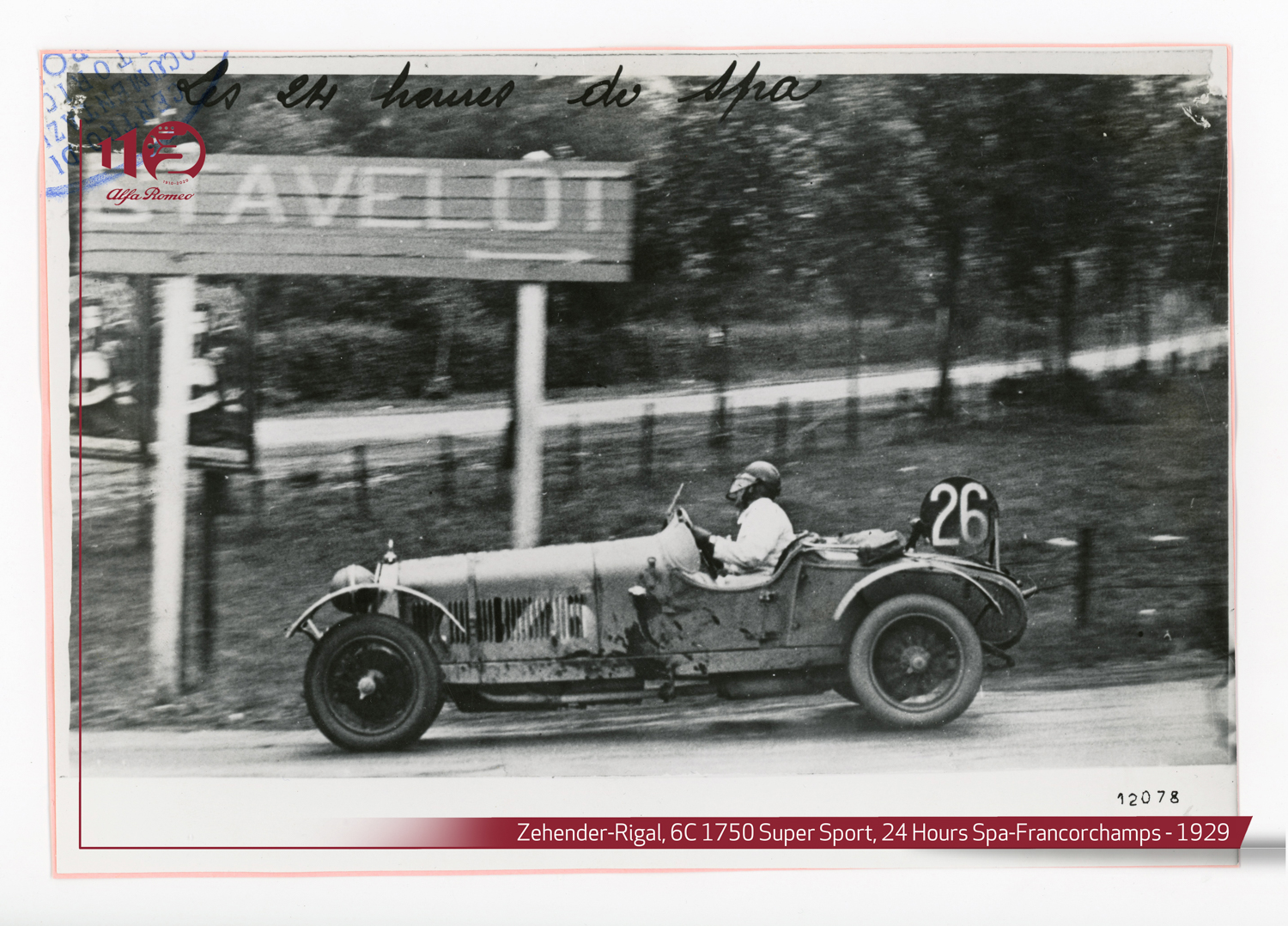
A case of what’s called absolute supremacy, which was to be repeated that year with top-3 finishes in the Spa 24-hour race in Belgium, and in the Belfast Tourist Trophy. The 6C 1750 was simply the fastest car of its era.
The 6C family

Vittorio Jano had taken charge of all Alfa Romeo product planning in 1926, and the 6C was his first creation. His task was to invent a brilliantly performing, lightweight car that would win races and admirers, but also conquer new markets.
The 6C combined structural simplicity with sophisticated engineering, the typical virtues of Jano’s creations. However, it also offered something else that would turn out to become an Alfa Romeo speciality—extremely high power. Jano had an astonishing ability to conjure horsepower from small engines and this allowed him to imagine what today we would call downsizing, designing engines with a displacement somewhere between 1-liter and the 2 or 3 liters of luxury models. Even back then, Alfa Romeo boasted the best power to weight ratio and was therefore the fastest. This engineering intuition led to a stream of cars that became legendary.
Technological innovation
Merosi had previously developed highly original engines for the 1914 GP (blocked by the outbreak of war), which went on to dominate future Alfa Romeo engine design: two overhead camshafts, four valves per cylinder and dual ignition. The 6C 1900 GT (and later the 6C 2300 and the 6C 2500) introduced further innovations, including independent suspension and a new chassis with welded (instead of riveted) components, in order to boost rigidity.
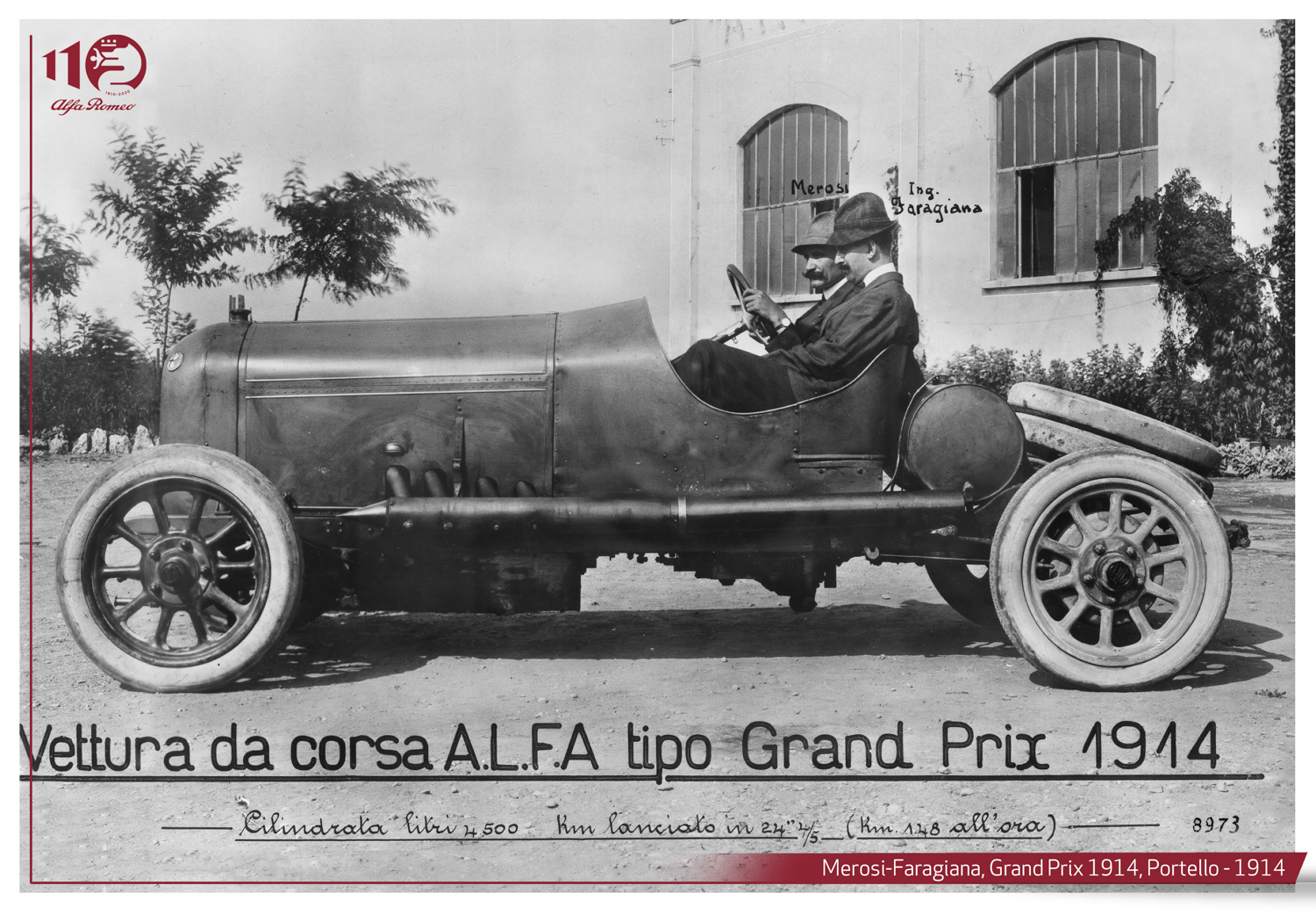
The handling and road holding performance of Alfa Romeo models became key elements of its DNA.
The 6C 1750
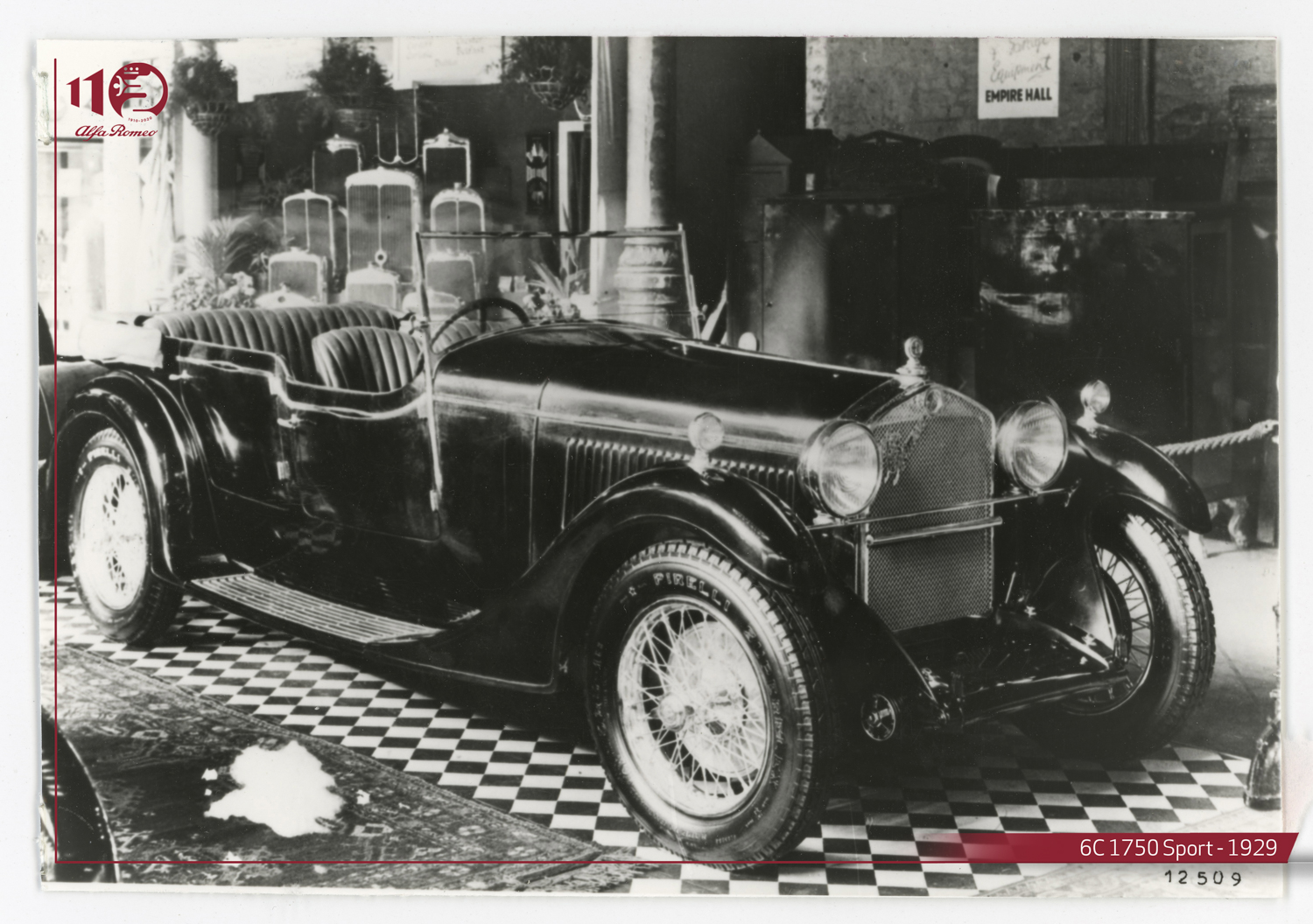
The 6C 1750, presented in January 1929 at the Rome Motor Show, could be said to have expressed the 6C formula’s full maturity. The engine was an evolution of the previous 1500 six-cylinder, in-line engine. It was produced in various versions – single-shaft and double-shaft, with and without volumetric compressor and its power ranged from the 46 hp of the Turismo version to the 102 hp of the Gran Sport “Fixed Head”. The latter was a special version, very few of which were produced, where the cylinder head and crankcase were cast in a single block in order to eliminate the seals (and the risk of burning them), the weight was only 840kg and its top speed reached 105.6 mph.
The engine was not the only factor that made the 6C 1750 a peak of motoring innovation. It used a mechanical braking system, with large drums actuated by a transmission system. Its pressed steel frame was perfectly balanced and outstandingly rigid, boasting reinforced axles. The leaf springs were mounted outside the car body instead of beneath the side members, and the lower center of gravity greatly boosted cornering grip. The fuel tank was set further back, in order to obtain greater weight on the rear wheels and improve axle balance. In line with brand philosophy, all innovative solutions were applied to both racing cars and road cars.
The more races it won, the more the model’s technical reputation grew. From its launch, the 6C 1750 immediately achieved notable sales growth. Between 1929 and 1933, 2,579 models left the Portello factory for sale in Italy but also abroad, notably in Great Britain and the Commonwealth. An exceptional result, especially considering the car’s status as a decidedly elite product. In Italy, for example, it cost between 40,000 and 60,000 lire: equivalent to roughly seven years of an average wage.
The coachbuilding era
The 6C was ultra-fast, but also beautiful. Its success owed a great deal to the coachbuilders who created its bodies: master craftsmen capable of uniting the trades of saddler, panel beater, painter and upholsterer, artistic creators and stylists who left their mark on an era.
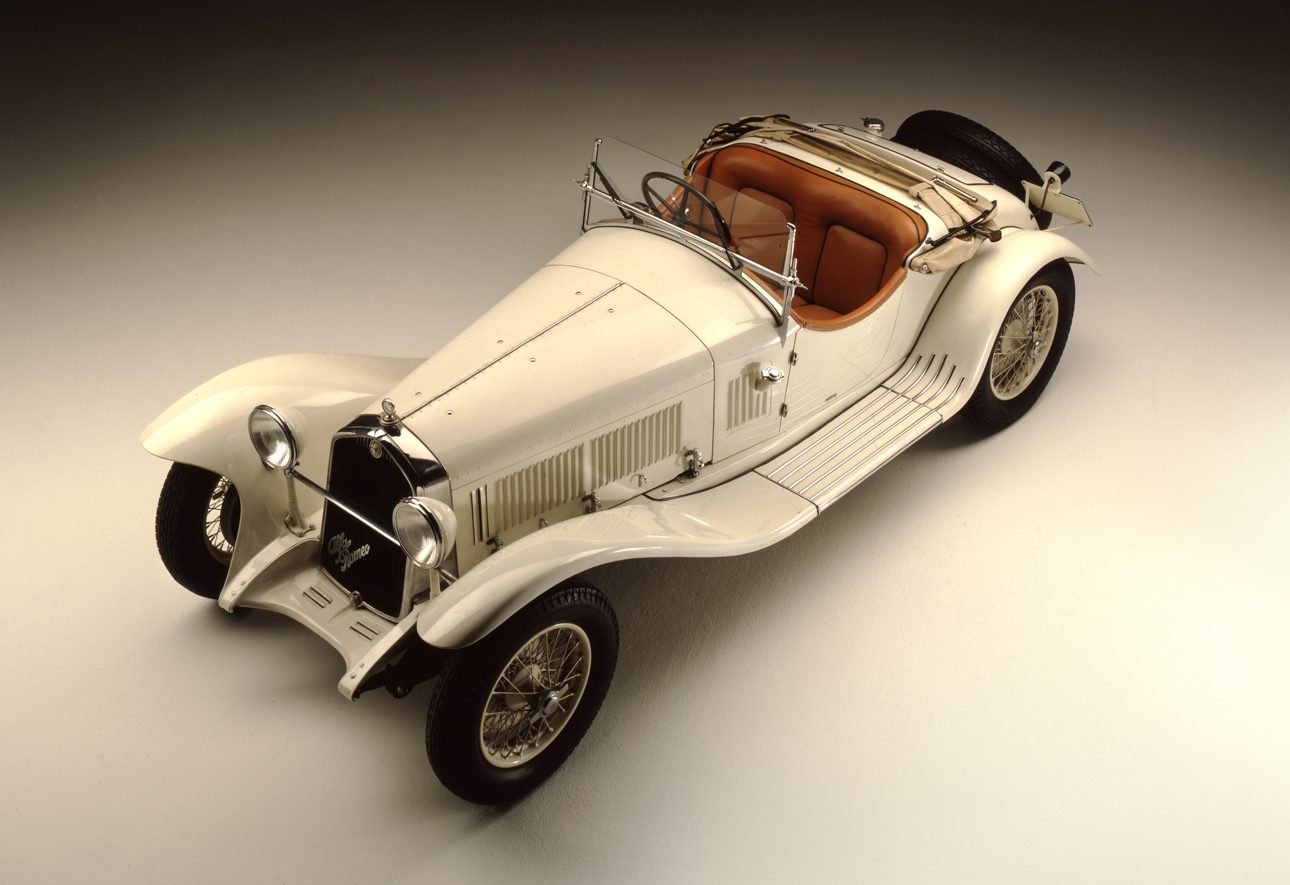
Until the 1930s, it was normal for bare frames to leave production plants, equipped only with engine, gearbox and suspension. The customer purchased the car, and then commissioned a coachbuilder to create a practically unique bespoke body. The first bodybuilding department inside the Portello factory was not launched until 1933. It initially co-existed with the previous system of selling the basic bones of the car directly to customers and bodybuilders.
The 6C 1750 offered exceptional opportunities for fine coachbuilder trims. Alfa Romeo’s extraordinary mechanical and engineering base lent itself to the creation of some of the most elegant bodies ever built… designed by the finest stylists and bought by the most famous VIPs.
The 6C 1750 GS Touring “Flying Star”
The “Flying Star” was made to be as irresistible as its owner Josette Pozzo, millionaire, model and celebrity socialite. It was conceived especially to take part in the Elegance Competition of Villa d’Este, in 1931, built by the Carrozzeria Touring of Felice Bianchi Anderloni.
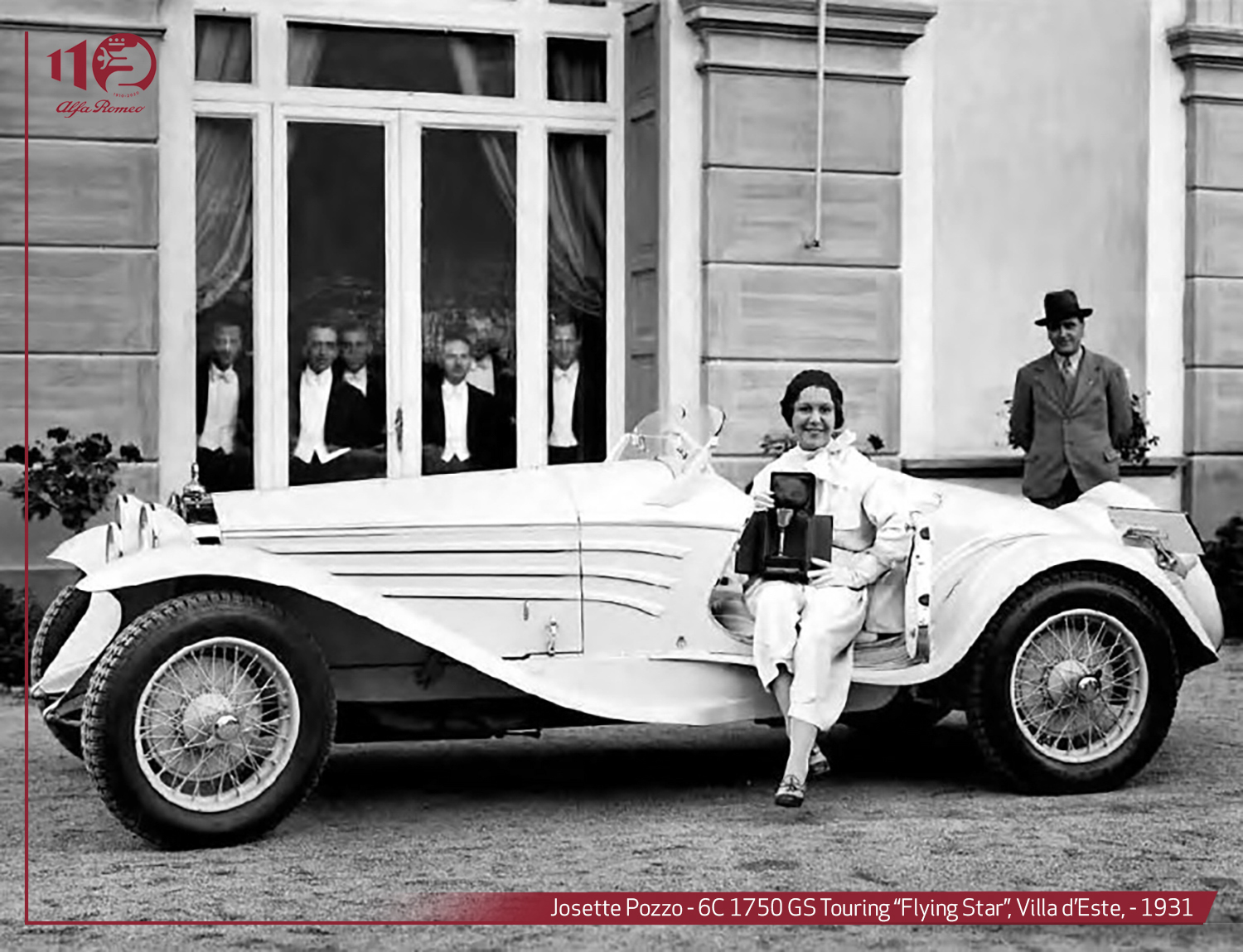
The 6C 1750 Spider was a one-off creation: a jewel of originality, elegance and attention to detail. It was entirely white, including underbody, wheel spokes, steering wheel and saddlery, with the only exception being its contrasting black dashboard.
The Touring endowed the 1750 with new proportions, adding a series of elegant art nouveau aesthetic details, such as the suspended front and rear steps that extended from the wheel arches and crossed beneath the doors without touching each other. The 6C 1750 GS Touring won the Gold Cup for the most beautiful car at the Villa d’Este event and Josette herself drove it to receive the prize, dressed in a matching white outfit.




